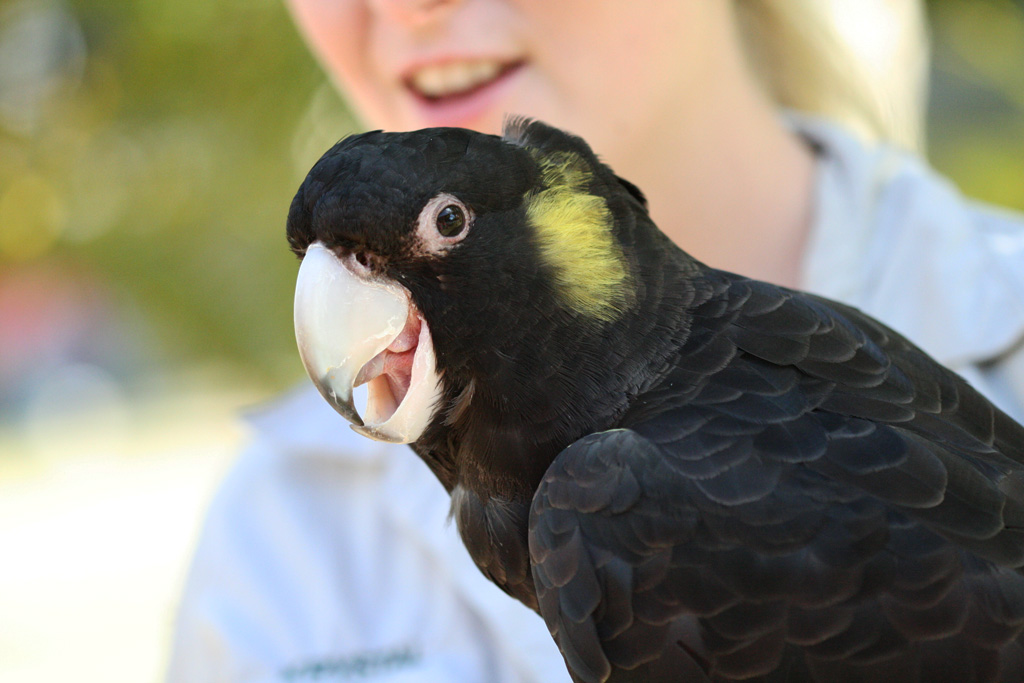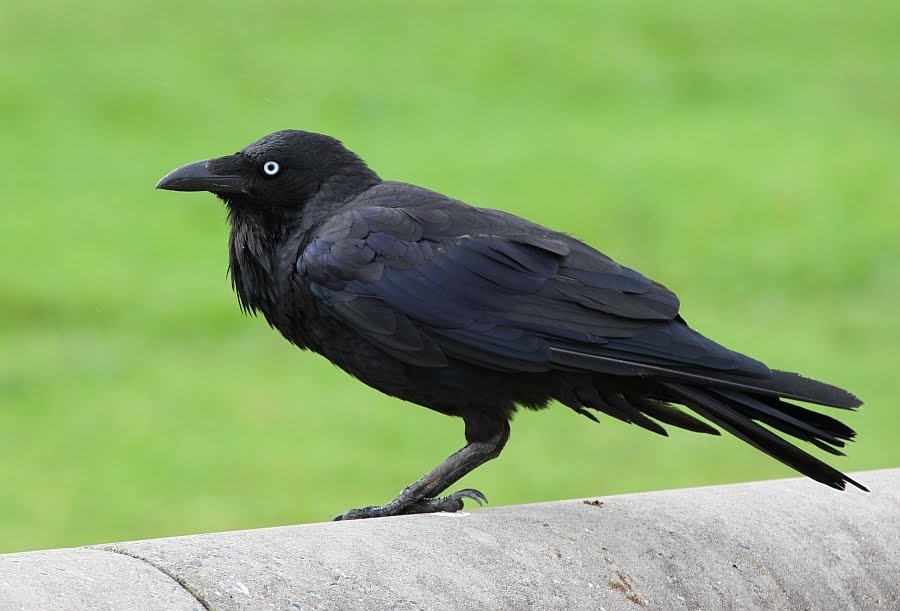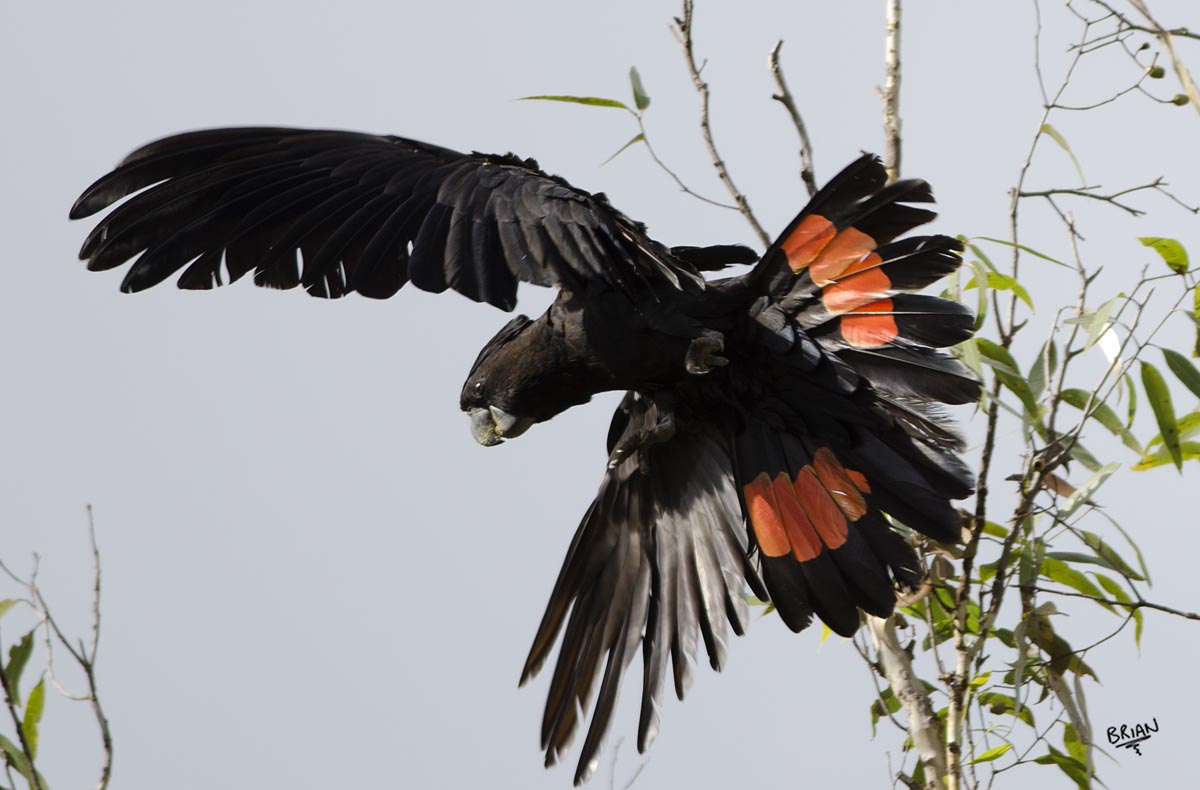

- Big black cockatoo install#
- Big black cockatoo Patch#
- Big black cockatoo license#
- Big black cockatoo crack#
Cockatoo Diet The cockatoos primary diet consists of fruits, nuts, seeds, and roots. Yellow cheek patch, pale brown bill (grey-black in males) and black The big black or palm cockatoo is the largest species, reaching up to 30 inches in length.

Big black cockatoo Patch#
It has a yellowĬheek patch and yellow panels on the tail. Is easily identified by its mostly black plumage, with most bodyįeathers edged with yellow, not visible at a distance. The Yellow-tailed Black-Cockatoo is a large (55 - 65 cm) cockatoo. Undergone dramatic decline since European settlement. Mainland and island populations (including Kangaroo Island) and has Yellow-tailed Black-Cockatoo population is isolated from other However in South Australia, Yellow-tailed Black-Cockatoos areĬonsidered Vulnerable under the National Parks and Wildlife SouthĪustralia (NPWSA) Wildlife Schedules 2000. Yellow-tailed Black-Cockatoos are not listed as nationally threatened, Victoria, Tasmania, Bass Strait islands and southern South Australia. can be seen as they feed on the Banksia cones that are planted around.

Throughout south eastern Australia in SW Queensland, eastern NSW, During the hotter months (NovemberFebruary) large flocks. Yellow-tailed Black-Cockatoos Calyptorhynchus funereus are found On a nesting hollow of Yellow-tailed Black Cockatoo, and theįelled tree that hosted it, in northeastern Tasmania". Yellow-tailed Black-Cockatoo, Calyptorhynchus funereus, inĮucalyptus regnans forest, and implications for forest In recent years it has been in rapidĭecline because of native habitat clearance, with a loss of food The Yellow-Tailed Black-Cockatoo is one of six species ofīlack-Cockatoo in Australia. Widespread and abundant taxa are included in this category. Does not qualify for a more at risk category. The Yellow-tailed Black-Cockatoo is classified as Least Concern. This file is licensed under the Creative Commons Attribution-Share Alike 2.0 Generic license.You are free:to share – to copy, distribute and transmit the work
Big black cockatoo license#
On that date it was licensed under the license below. Original source: originally posted to Flickr as Yellow-tailed Black-Cockatoo (Calyptorhynchus funereus) Author: David Cook Wildlife PhotographyPermission(Reusing this file)This image, which was originally posted to, was uploaded to Commons using Flickr upload bot on 14:28, 23 February 2009 (UTC) by Snowmanradio (talk). Close-up Crested Cockatoo alba, Umbrella, Indonesia, isolated on Black Background. Their lifespan averages 25 to 50 years.Picture of the Yellow-tailed Black-Cockatoo has been licensed under a Creative Commons Attribution-Share Alike. Black palm cockatoo bird parrot large cockatoos. Physical CharacteristicsĪdult cockatoos typically measure 21 to 23 inches in length and average 21 ounces in weight. Ninety percent of this bird’s diet is made up of seeds and nuts from marri trees (Corymbia calophylla or red gum eucalyptus) and fruit from the jarrah tree (Eucalyptus marginata). They usually nest in large hollows of marri, jarrah, karri, and blackbutt trees. Habitatįorest red-tailed black cockatoos live in old growth eucalyptus forests of southwestern Australia.
Big black cockatoo install#
Australia’s Department of Parks and Wildlife also encourages people to build and install artificial nest cavities and monitor activity where natural hollows are now limited. Community science efforts include “The Great Cocky Count” that monitors known roost sites. These birds are listed as “Vulnerable” under the Western Australian Wildlife Conservation Act and Australia’s Federal Environmental Protection and Biodiversity Conservation Act of 1999. Habitat loss due to widespread logging, fragmentation, and wildfires have reduced their numbers and result in competition with other species for nests in the hollows of old growth trees. Statusįorest red-tailed black cockatoos have experienced a significant decline in population, disappearing from 30 percent of their native range in the last 60 years. Largely sedentary, these cockatoos live in flocks of about 50 birds and rarely venture more than two and a half miles from their roost, though they do break up into smaller groups to feed from sunrise until dusk. These birds rely on mature (200 years old or more) marri and jarrah (Eucalyptus marginata) trees for food and nesting sites.

Big black cockatoo crack#
Their large curved beaks are used to crack seeds and nuts, and researches can identify which cockatoo species have been in an area from the bite marks left on marri (Corymbia calophylla or red gum eucalyptus) nuts. Zygodactyl feet (meaning two toes facing forward and two toes facing back) allow cockatoos to climb vertically or walk along branches. Almost two feet tall, these birds are glossy black with an orange-red band on their tails. They are also known as karrak birds, named after the sound of their loud calls. Forest red-tailed black cockatoos are parrot-like birds native to southwestern Australia.


 0 kommentar(er)
0 kommentar(er)
